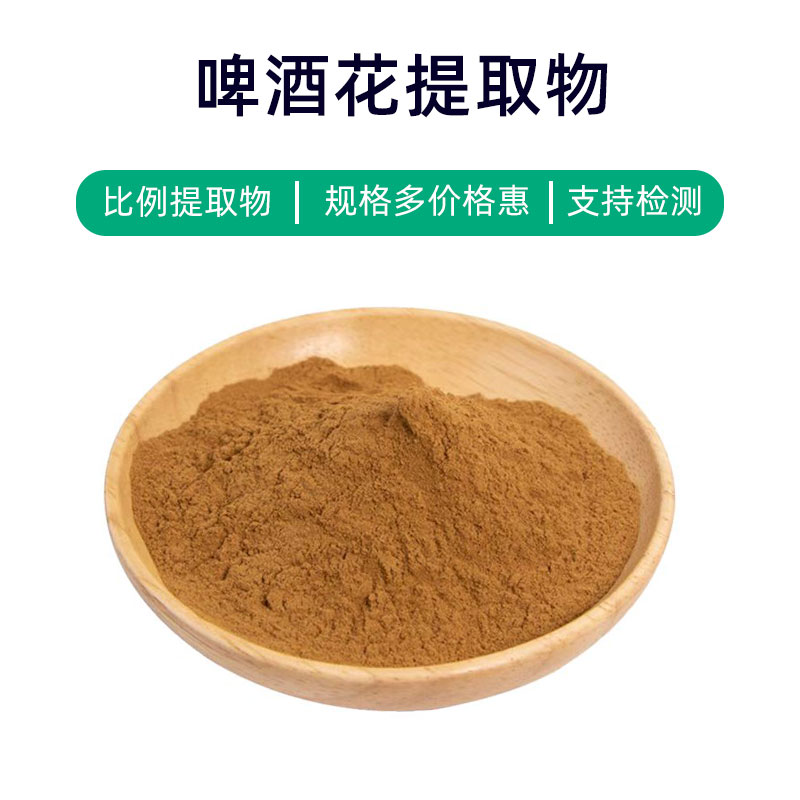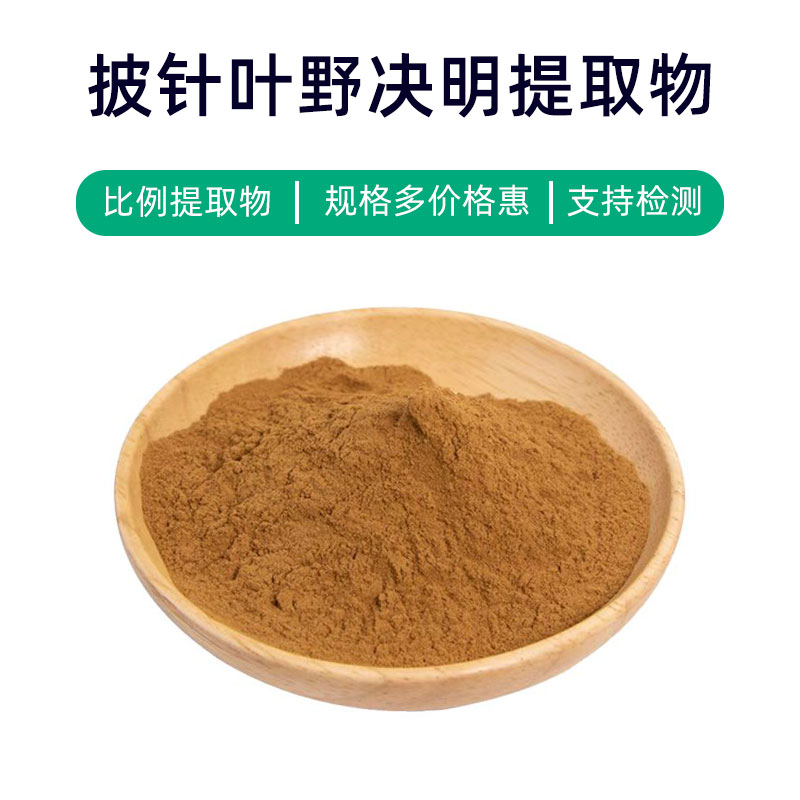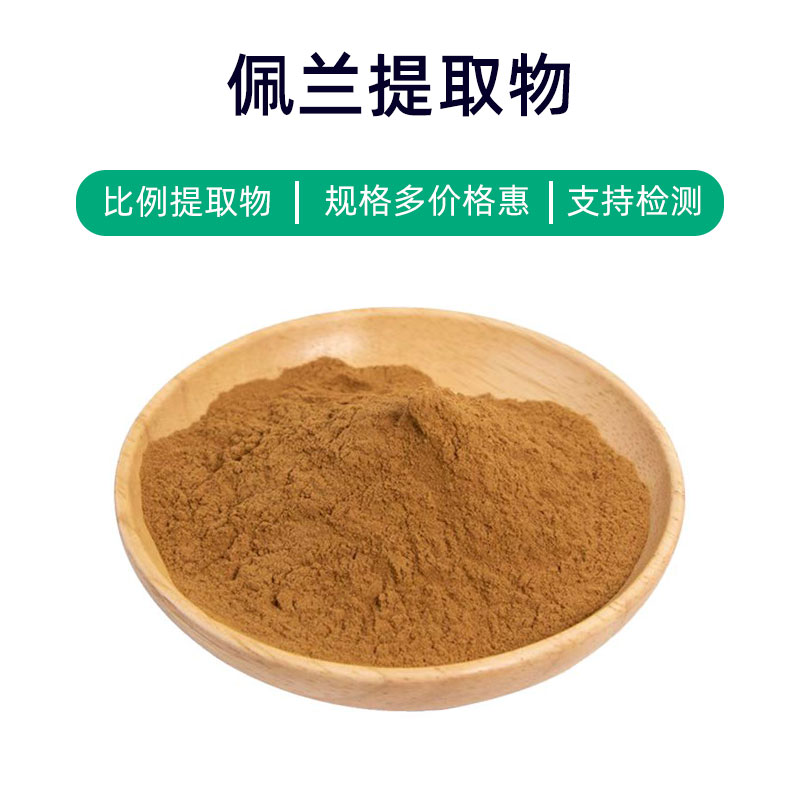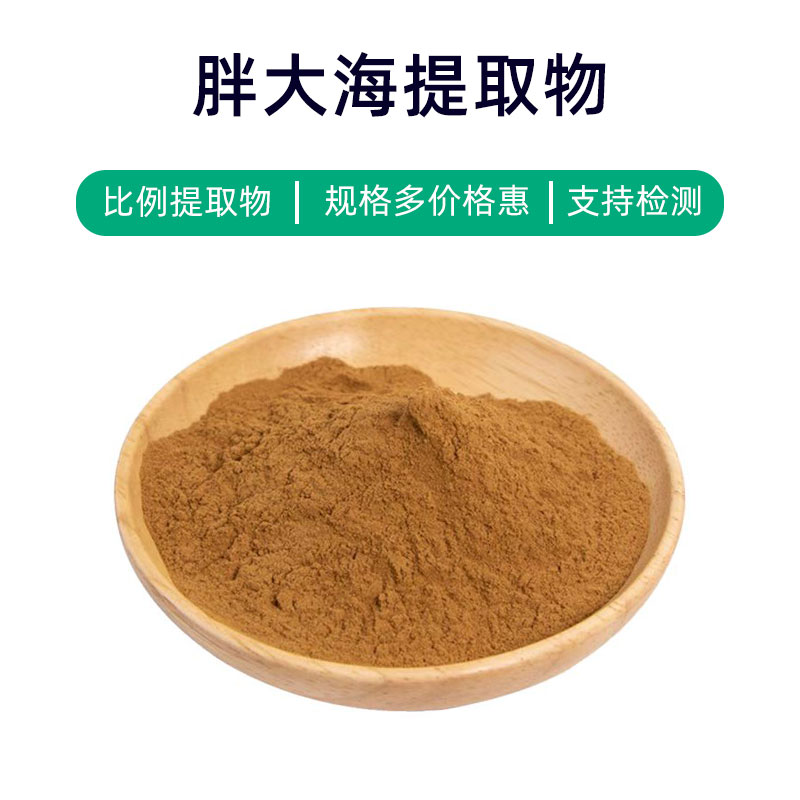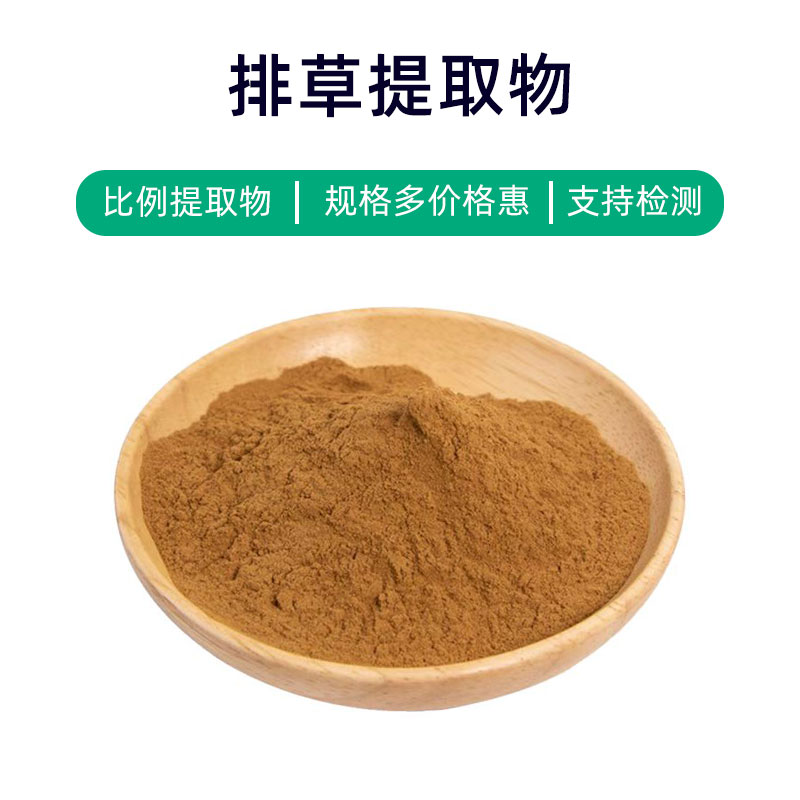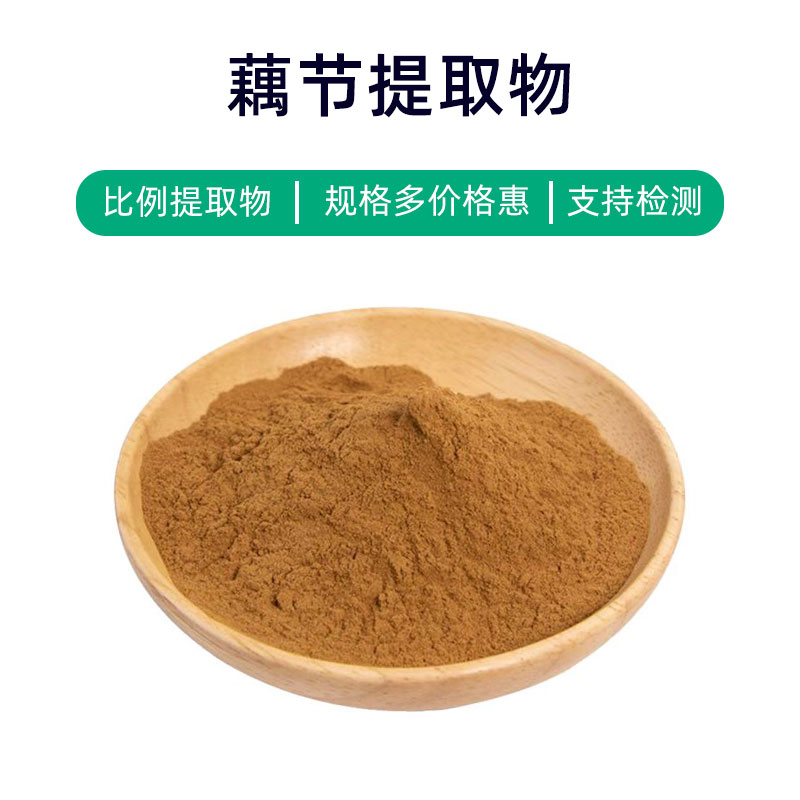Magnolia Flower Extract Product Introduction
Magnolia Flower Extract is a natural plant extract derived from the flowers of Magnolia officinalis. Its primary components include anthocyanins, volatile oils, and phenolic compounds, which contribute to its various effects and applications.
Firstly, Magnolia Flower Extract is widely utilized in the pharmaceutical field. Its anthocyanins and phenolic compounds offer anti-inflammatory and antioxidant benefits, helping to alleviate inflammation, reduce pain, and provide therapeutic effects for certain inflammatory diseases.
Secondly, the extract is gaining attention in the health supplement sector for its calming and soothing properties, aiding in the relief of anxiety, tension, and insomnia, thereby improving sleep quality and emotional balance.
Furthermore, Magnolia Flower Extract is commonly found in cosmetics. Its antioxidant and anti-inflammatory properties help protect the skin, reduce damage from free radicals, and prevent or improve skin issues such as inflammation and allergies, keeping the skin healthy and youthful.
In summary, as a natural plant extract, Magnolia Flower Extract offers a variety of benefits, including anti-inflammatory, antioxidant, and calming effects, with broad applications in pharmaceuticals, health supplements, and cosmetics.
Magnolia Flower Extract Production Process
The production process of Magnolia Flower Extract generally involves the following steps:
- Raw Material Preparation: Select high-quality flowers from Magnolia officinalis as the extraction raw material. Fresh flowers are usually harvested during blooming to ensure the content and quality of active components.
- Cleaning: Clean the harvested flowers to remove any impurities, dirt, or residues, ensuring cleanliness of the raw materials.
- Grinding: Crush or grind the cleaned flowers to increase extraction efficiency, typically using mechanical grinding or turning them into powder.
- Extraction Process: Mix the crushed flowers with an appropriate extraction solvent (such as water or ethanol) and proceed with extraction. Common methods include infusion, boiling, or ultrasonic extraction to extract active components from the flowers.
- Filtration and Concentration: Filter the obtained liquid to remove solid impurities, followed by concentration to eliminate solvents and moisture, resulting in a more concentrated product.
- Separation and Purification: Separate and purify the concentrated liquid to remove impurities, enhancing the purity and quality of the product.
- Drying: Dry the purified product to reduce moisture content to a suitable level for storage and transport.
- Milling and Screening: Grind or screen the dried product to achieve a uniform particle size for further processing and use.
- Packaging: Package the milled Magnolia Flower Extract using appropriate materials and methods to ensure product quality and safety.
- Quality Inspection: Perform quality testing on the packaged product to ensure it meets relevant standards and quality requirements.
This outlines the production process of Magnolia Flower Extract, where each step requires strict control of parameters to ensure the final product's quality and stability.
Magnolia Flower Extract Effects and Side Effects
Magnolia Flower Extract, as a natural plant extract, has various effects and functions, primarily including the following aspects:
- Antioxidant Effects: Rich in antioxidants like anthocyanins, it can neutralize free radicals in the body, slow down cellular oxidative damage, and delay the aging process, promoting skin and body health.
- Calming Effects: Exhibits soothing properties that help alleviate anxiety, tension, and emotional instability, improving sleep quality and duration.
- Anti-inflammatory Effects: Research shows the active components in Magnolia Flower Extract possess anti-inflammatory properties, inhibiting inflammatory responses and relieving discomfort and pain related to inflammatory diseases.
- Regulation of Blood Sugar and Lipids: The anthocyanins in the extract can help regulate blood sugar and lipid levels, lowering abnormalities, which is beneficial for preventing and controlling diabetes and hyperlipidemia.
- Antibacterial and Antiviral Effects: Exhibits antibacterial and antiviral properties, inhibiting the growth of bacteria and viruses, aiding in the prevention and treatment of infectious diseases and boosting the immune system.
- Cardiovascular Protection: Active components have protective effects on the cardiovascular system, potentially lowering blood pressure and lipids, improving heart function, and preventing cardiovascular disease development.
- Digestive Function Improvement: Anthocyanins in the extract can promote digestive fluid secretion, enhance gastrointestinal motility, and improve digestive health, helping to alleviate indigestion and gastrointestinal issues.
While Magnolia Flower Extract offers multiple benefits, individual reactions may vary, and a small number of people may experience allergies or adverse effects. It’s advisable to consult a physician or expert before use and adhere to product guidelines.
Magnolia Flower Extract Application Scenarios and Dosage
Magnolia Flower Extract, as a natural plant extract, has diverse application scenarios and dosages primarily in pharmaceuticals, food, and cosmetics.
Applications in Pharmaceuticals:
- Calming Effects: Frequently used in the pharmaceutical field as a calming agent to alleviate anxiety, tension, and insomnia. The typical dosage is oral, based on individual circumstances and product instructions, generally 500-1000 mg per dose, 1-3 times per day.
- Anti-inflammatory and Antioxidant: It can be used in the adjunct treatment of inflammatory diseases like arthritis and dermatitis. Common forms include oral liquids or tablets, with dosage and frequency based on physician recommendations.
Applications in Food:
- Functional Foods: Used to create functional foods like health supplements and nutritional products. The usual dosage is 3-5 grams per day, adjusted according to the product formula and preparation requirements.
- Seasonings: Its unique aroma and flavor make it suitable for producing seasonings like sauces and spice powders, typically not exceeding 5% of the total recipe.
Applications in Cosmetics:
- Skincare Products: Due to its antioxidant and anti-inflammatory properties, it is often included in skincare formulations (creams, serums, etc.), with dosages adjusted according to product needs, applied topically.
- Fragrances: The distinct scent of Magnolia Flower Extract is frequently used in perfumes, with a typical dosage not exceeding 1% of the total formula, providing a fresh floral fragrance.
As a natural plant extract, Magnolia Flower Extract has a variety of application scenarios and promising prospects in pharmaceuticals, food, and cosmetics. It should be used in accordance with product instructions and medical advice for optimal effectiveness.
Magnolia Flower Extract Source Plant Introduction, Distribution, and Growth Environment
Magnolia Flower (Magnolia officinalis) is an ancient and valuable traditional Chinese medicine commonly used in pharmaceuticals, health supplements, and cosmetics. Below is a detailed description of the source plant’s introduction, distribution, and growth environment:
Source Plant Introduction:
Magnolia Flower, scientifically known as Magnolia officinalis, belongs to the Magnoliaceae family and is an evergreen tree or shrub. The tree can grow up to 10 meters tall, with a conical or cylindrical crown. Its leaves are elongated oval, smooth-textured, and deep green. The flowering period is in summer, producing large, beautiful flowers with a faint fragrance, primarily white or light yellow.
Distribution:
Magnolia Flower is primarily distributed in the areas north of the Yangtze River in China, including provinces like Shaanxi, Shanxi, Henan, Hubei, Hunan, and Sichuan. In wild environments, it commonly grows on slopes, in valleys, forest edges, and sparse forests, showing strong adaptability to various conditions.
Growth Environment:
- Geographic Distribution: Grows in subtropical and temperate regions of China, primarily in a warm-temperate monsoon climate.
- Climate Conditions: Prefers warm, humid climates, is adaptable to lower temperatures but sensitive to dry and cold conditions.
- Soil Requirements: Has no stringent soil requirements but prefers fertile, loose, and well-drained soils, being well-suited to acidic and neutral soils.
- Growth Habits: Grows slowly, commonly found in mountainous, valley, or forest edge environments. It likes sunlight but can tolerate partial shade, requiring ample light for optimum growth.
- Reproductive Methods: Mainly propagates through seeds but can also be propagated via cuttings or division.
In summary, as a commonly used medicinal plant, Magnolia Flower is widely distributed in northern China. Its growing environment includes warm, humid climate conditions and fertile, loose soils, showcasing strong adaptability and significant medicinal value.
Magnolia Flower Extract Processing and Storage
The processing of Magnolia Flower Extract typically includes the following steps: First, collect fresh Magnolia flowers and carry out cleaning and drying to remove impurities. Next, grind the dried flowers to enhance extraction efficiency. Afterward, employ appropriate extraction methods (like water or ethanol extraction) to obtain effective components from the flowers. The extract undergoes filtration and concentration processes, resulting in the final Magnolia Flower Extract product. During storage, it should be kept in a dry, cool place, avoiding direct sunlight and high temperatures, with sealed storage to extend shelf life.
Monica Sun is a seasoned expert in the plant extraction industry with over a decade of experience in research and production. She specializes in the extraction and purification of plant active ingredients, focusing on driving innovation in natural product applications. Monica has participated in the development of multiple functional plant extracts, delivering high-value natural raw material solutions for the health food, pharmaceutical, and dietary supplement sectors.









